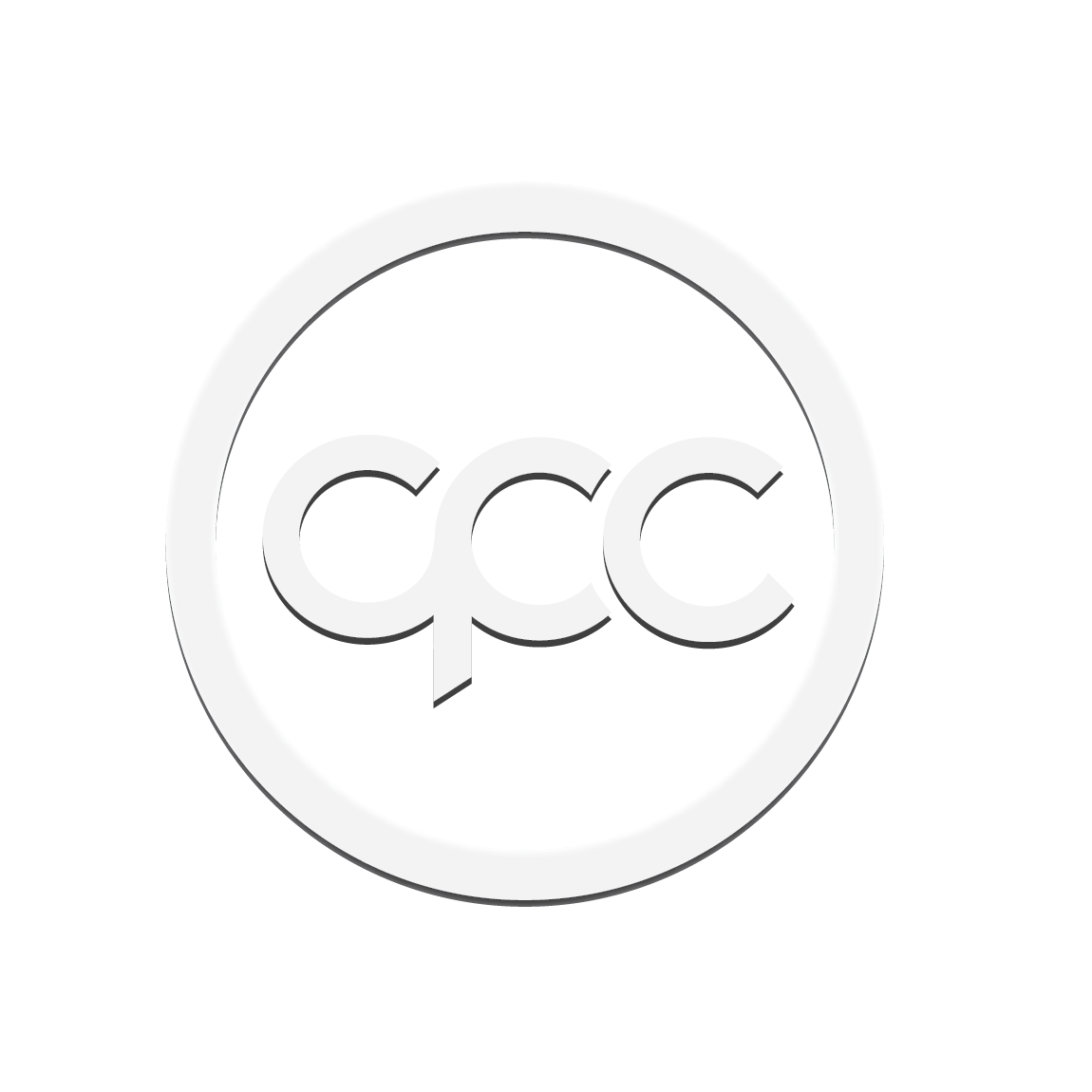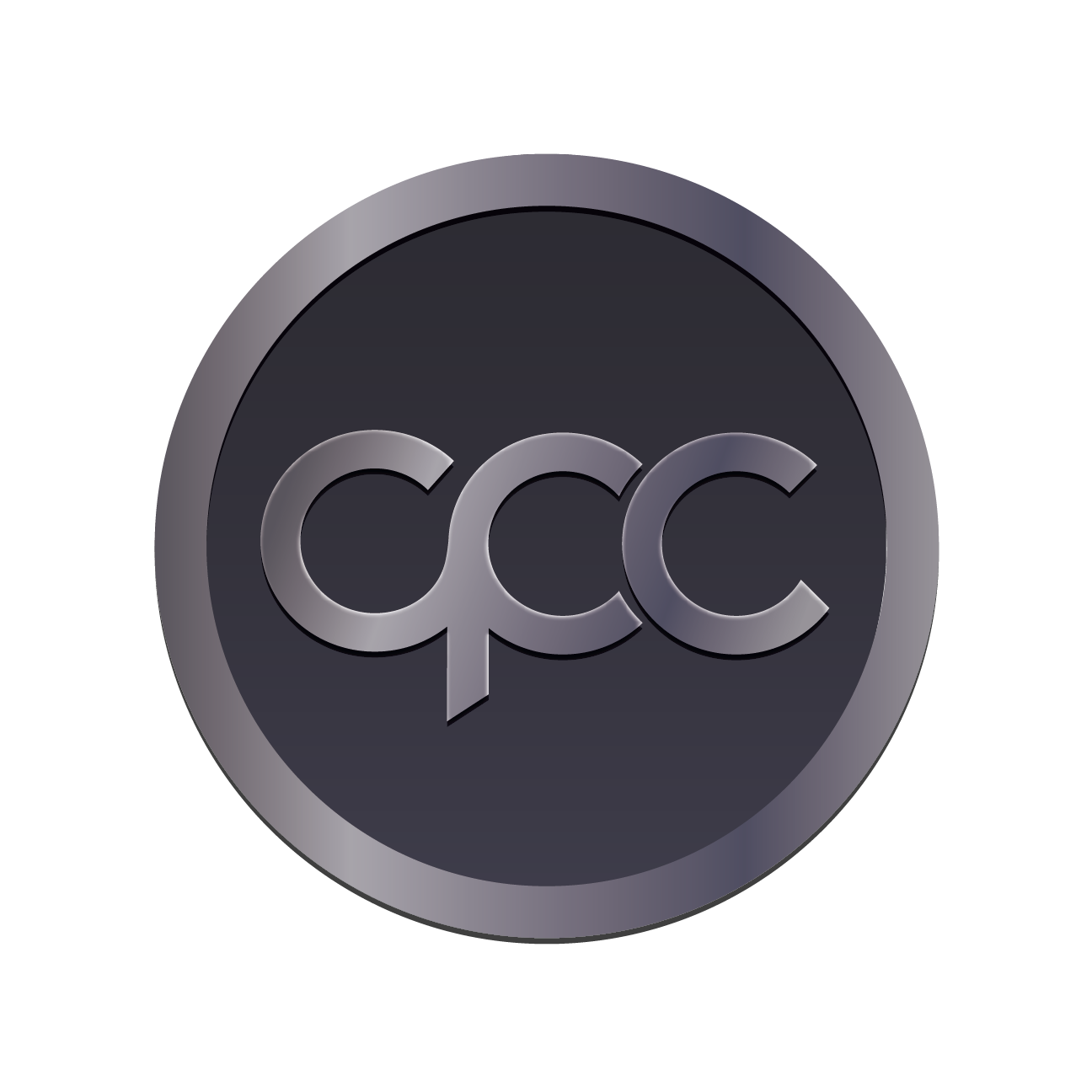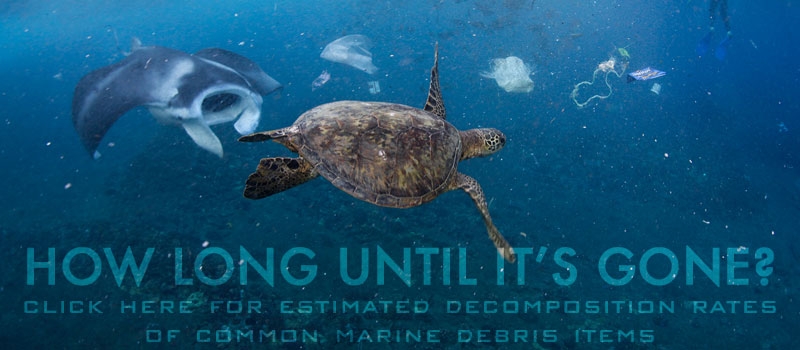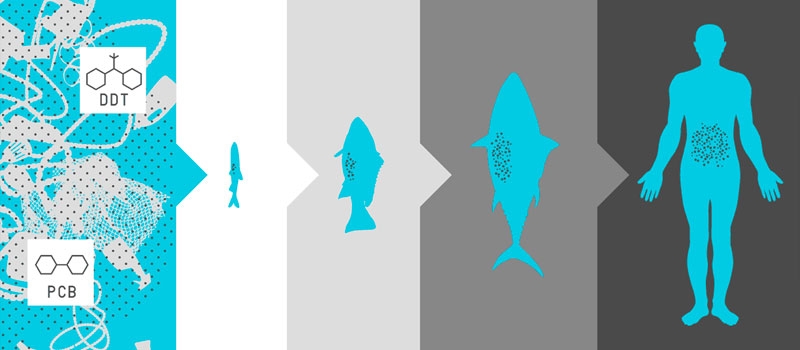Paper, Please, Not Plastic
We throw away our plastic bags without really thinking about where it goes. Nearly 12.7 million metric tons of plastic ends up in our oceans every year. Now, consider the fact that it will take anywhere between 10-100 years for a plastic bag to photodegrade. Photodegradation is the process of having materials break down through sunlight exposure which takes an extremely long time. The larger problem is that it’s not just a plastic bag or two. You can see computer monitors, toys, bottles, and numerous other plastic products in the ocean.
As a result, all that plastic ends up accumulating in the ocean and circulates with the currents to form gyres. There are five known gyres in the world and the largest one is called the Great Pacific Garbage Patch or the Plastic Vortex.
Humankind is the source of tremendous advancements in technology and society. Yet we also have to be conscious of the effects we have on our environment and life in general.
The consequences of utilizing plastic materials in irresponsible ways is destructive, especially since there’s so much of it that gets lost into the ocean or remains buried under landfills. What’s important is that we find solutions on all levels, micro and macro, to be able to make a difference on a colossal scale. Many organizations are working hard to find solutions with the plastic that’s already in our oceans.
The paper converting industry provides an environmentally friendly alternative to plastic products such as bubble wrap, air bags, or packing peanuts.
For example, even a Styrofoam cup takes at least 50 years to photodegrade. When you compare the numbers of plastic with paper based products, the contrast is huge. A paper towel takes 3-4 weeks, newspaper takes 6 weeks, and a cardboard box will take 2 months to biodegrade. That’s the same as an apple core at a rate of 2 months.
What’s even more disconcerting is that these larger plastic products will end up breaking down due to photodegradation and absorb harmful chemicals. For example, DDT and PCB were both banned in the United States for being hazardous Persistent Organic Pollutants (POPs). Polychlorinated biphenyl (PCB) was specifically used in electrical transformers, large capacitors, hydraulic/heat exchange fluids, and additives to paints and lubricants. Dichlorodiphenyltrichloroethane (DDT) was used as a pesticide to control mosquitoes that carry malaria in some parts of the world.
The DHHS and EPA classified PCBs to be a human carcinogen. They found that adults who ate fish from PCB-contaminated waters in southwest Quebec had, “significantly greater motor retardation, poorer results on certain memory and attention tests, and higher scores on a standardized confusion scale than did control adults”. On top of that, the health effects of PCBs are known to be cardiovascular, gastrointestinal, immune, musculoskeletal, and neurological which are all directly related to the frequency of fish consumption.
As a result, PCB production was banned by both the U.S. Congress in 1979 and the Stockholm Convention on Persistent Organic Pollutants in 2001.
DDT is also particularly scary because an estimated 4 billion pounds of the chemical was used on agricultural crops from 1945 to 1972. In 1991, the International Agency for Research on Cancer (IARC) rated DDT as “possibly carcinogenic to humans” since it plays a role in liver, pancreatic, breast, and other cancers. It’s even more shocking because it can also be transferred through breast-feeding.
Even though DDT was banned in the United States for agricultural use in 1972 and worldwide under the Stockholm Convention on Persistent Organic Pollutants, the chemical still travels through our oceans, rivers, lakes, and other animal species.
When these microplastic pieces end up absorbing these harmful POPs, they move up the food chain by, “accumulating in the body fat of living organisms and becoming more concentrated as they move from one creature to another. This process is known as ‘biomagnification’”. The small fish you see in the picture above may end up eating the contaminated microplastic pieces. As a result, the contaminants will biomagnify and have significant impacts on our health.
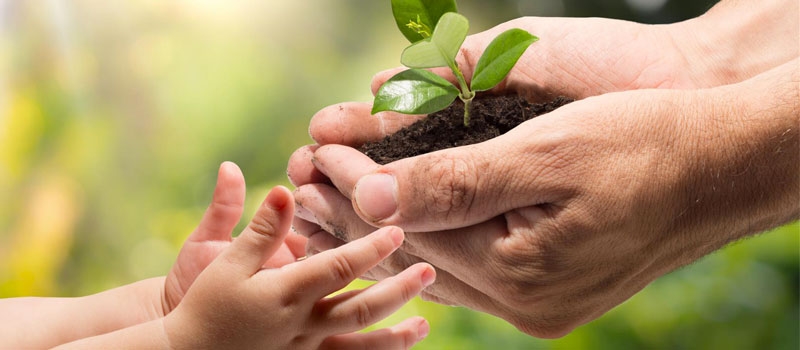
At the end of the day, we want to make sure that we leave a hospitable planet for our children, our children’s children, and future generations to comfortably live in. The important point is to reduce the impact we make on our environment.
Transitioning to, or at least providing the alternatives of, paper based products for people’s packaging and shipping needs will help develop beneficial habits now.
By providing or purchasing paper based products that are 100% recyclable and reusable, you can ensure that all of us are impacting the environment in a balanced way.
Contact us today to learn about how you can impact the environment in positive ways.
